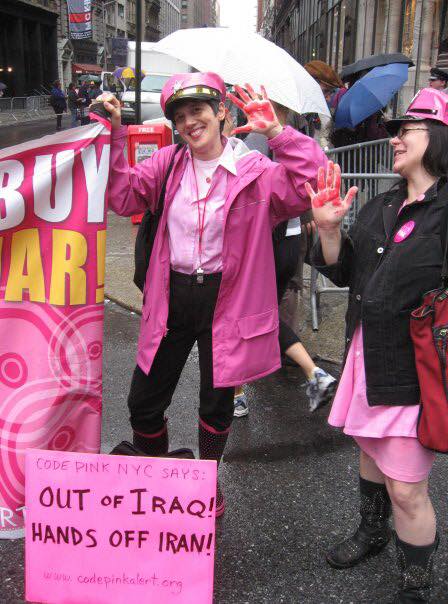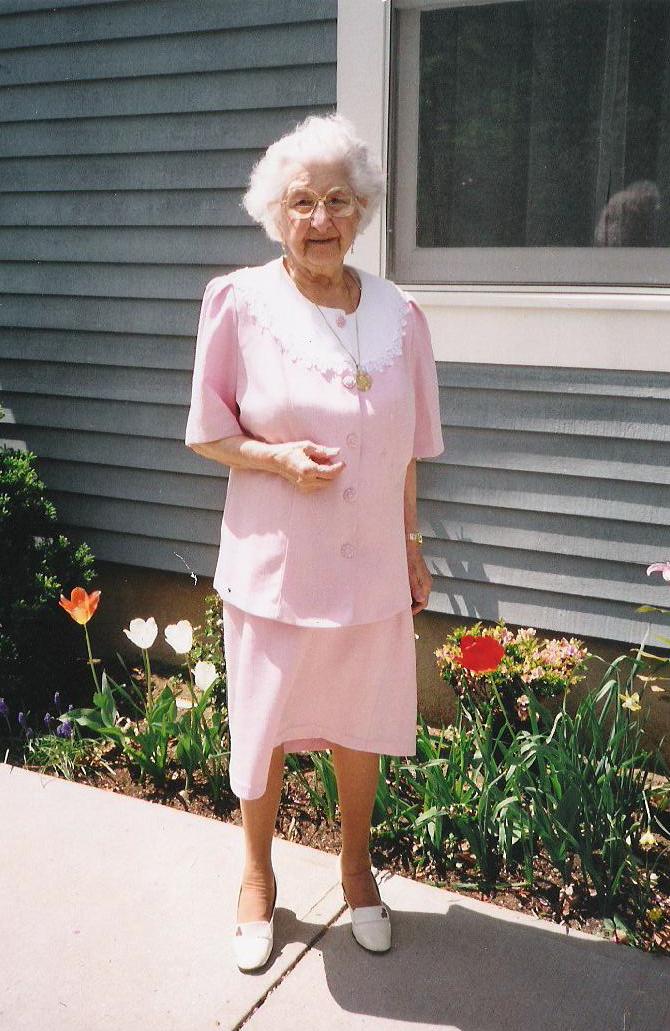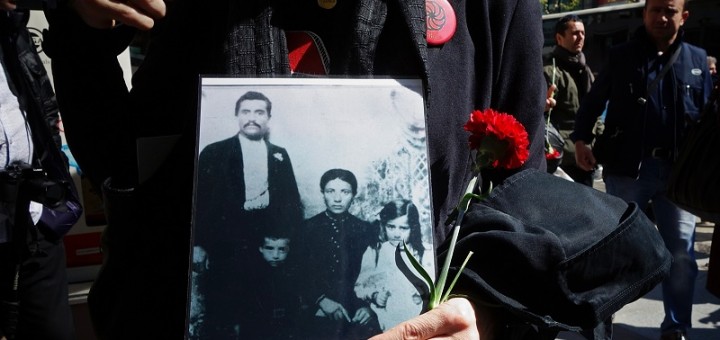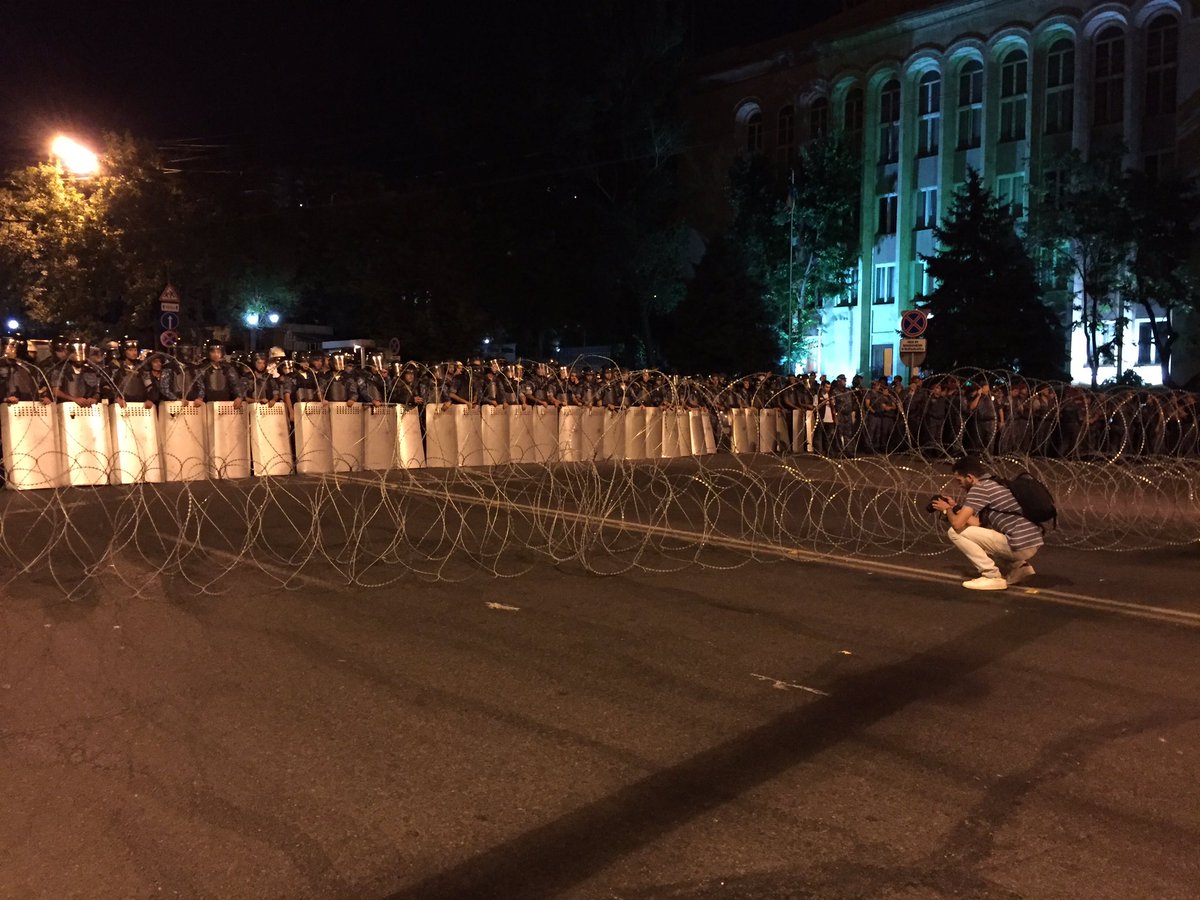Horsemen of the Apocalypse

When I have been calling Donald Trump’s roster of cabinet members and advisors “The Horsemen of the Apocalypse,” I have meant this term both metaphorically and literally. The metaphorical part has to do with the doom, chaos, and destruction I believe they are planning to unleash on national institutions, groups, individuals, and even the globe. The literal part has to do with the end times Evangelical Christians in their ranks. Trump’s cabinet picks are a mix of craven business leaders looking to enrich themselves and their friends as they pillage the public commons, and Evangelical Christians with perhaps similar goals, but a different world view. I have been focused on this aspect of the cabal because I was raised in an Evangelical Christian church and household so this cult is familiar. (Here’s a poem that talks about the anxiety this caused me as a child.) It turns out that 81% of white Evangelical Christians voted for Donald Trump.
END TIMES THEOLOGY
What is their “End Times” theology and how does it mesh with Trump’s worldview? In an op-ed from September 2016, history professor Matthew Avery Sutton explained it thus:
Trump’s ideas meld perfectly with evangelical apocalyptic expectations as the battle of Armageddon nears. He promises to seize power and to use it for them. He claims he would restore religious liberty to evangelicals. He would prohibit Muslims from entering the country. He would defend Israel at all costs. He would fight abortion by adding conservative justices to the U.S. Supreme Court. He would rebuild the American military. He would destroy the nation’s enemies. He would keep individual citizens well-armed and prepared for battle.
This is a man, in other words, who is not just seeking to beat Clinton. He is seeking to wage a real-world battle against evangelicals’ enemies and a spiritual battle against the Antichrist.
Vice President elect Mike Pence is an Evangelical Christian. He belongs to the College Park Church in Indianapolis. (You can read a transcript of a 2011 sermon delivered at the College Park Church that covers the Second Coming of Christ.) Betsy DeVos, who was named as Trump’s choice for Education Secretary and is the sister of Blackwater founder Eric Prince, is an Evangelical Christian. Some of the other prospective cabinet members are somewhat cagey about the specific brand of Christianity they practice, but based on my experience and understanding of the dog whistles and “secret signs” used in this particular cult it seems that Nikki Haley (UN Ambassador) and Scott Pruitt (Environmental Protection Agency), Tom Price (Health and Human Services) are also adherents.
What are the real world impacts of this theology? For one, Scott Pruitt, Trump’s climate-denying Environmental Protection Agency pick, has publicly stated his intention to dismantle the Obama Administration’s climate agenda. It turns out that many End Times Evangelicals are not concerned about Global Warming because they believe the warming of the planet and concomitant disasters are either caused by God’s direct intervention or are signs pointing towards Christ’s Second Coming and the end of the world. Why worry about melting ice caps, calamitous hurricanes, drought, famine, flooding, and war when you believe it is all part of God’s Biblically ordained plan and a sign of your imminent ascension to heaven?
ANGLING FOR ARMAGEDDON
Another fairly alarming aspect to this End Times theology has implications for U.S. policy towards Israel, Palestine and the Middle East. Evangelical Christian-Zionist groups such as Christians United for Israel, Proclaiming Justice to the Nations, and Christian Friends of Israeli Communities (in the occupied West Bank) champion unconditional support for the Israeli government because it fits into their vision of what needs to happen in order to hasten the return of Jesus. Right-wing Zionists in the U.S. and Israel receive Christian Zionist support for Israel and for Jews with enthusiasm, but the underlying belief system of Christian Zionism is at best utilitarian in its vision of Jews. The founding of the state of Israel has been interpreted as one of the first signs of the nearness of Christ’s return, fulfilling a prophecy made in the Old Testament book of Isaiah. The only way that Jews can be “saved” is if they abandon Judaism and convert to (Evangelical) Christianity, so during the Apocalypse, most Jews will suffer the terrible fate of all other non-believers of either eternal hellfire, the Tribulation, or both. (At one point, I was fairly familiar with at least one version of the Second Coming timeline, but it is complicated and based on arcane interpretations of both Old Testament and New Testament Prophecy.) End times theology predicates Christ’s return on the destruction of the Dome of the Rock in Jerusalem and the rebuilding of the Third Jewish Temple. Right-wing Israeli settlers have plans to rebuild the Temple that would provoke a violent uprising by Palestinians and an international crisis. Christian Zionists are playing with proverbial fire in their support for Israel’s settlement enterprise, moving the U.S. embassy from Tel Aviv to Jerusalem, and the Judaization of East Jerusalem. In their designs on the Dome of the Rock and the Al-Aqsa Mosque, they are literally angling for an apocalyptic battle of Armageddon in the Holy Land.
Nancy Kricorian
December 15, 2016









